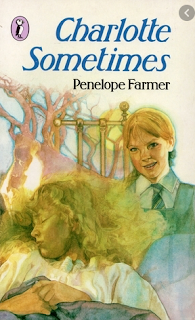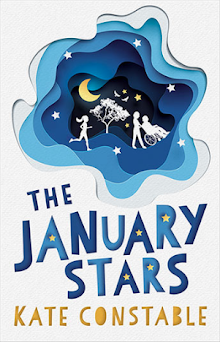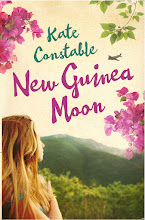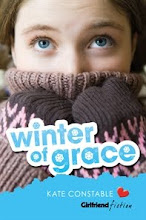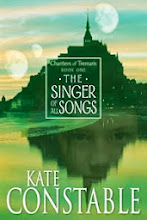I couldn't resist buying Mary Trump's Too Much and Never Enough on the Kindle after seeing her interviewed on A Late Show, and I wolfed it down quickly (partly while waiting in the queue while my daughter had a COVID test -- negative, thankfully). This short but punchy book is sub-titled How My Family Created the World's Most Dangerous Man, and it's a sobering account of life in the Trump family which certainly helps to explain the sometimes baffling behaviour of the current US President.
Donald Trump's father, Fred, was a German immigrant who made his fortune developing and managing real estate in Brooklyn. The eldest son, Freddy, was being groomed to take over the family business, but Freddy wasn't suited to real estate and briefly became a pilot. Fred Sr despised this career and referred to him as 'a bus driver in the sky' and Fred Jr ended up crawling back to the family firm. His father constantly belittled and criticised him, and greatly preferred young Donald, whose arrogance and meanness displayed the 'killer' instincts that Fred Sr admired. Thus Donald was rewarded for the traits we see today -- ruthless lack of empathy and compassion, deriding the perceived weakness of others, talking himself up, an inability to see anything he says or does as anything other than 'the greatest' or the most 'tremendous.'
According to Mary Trump (young Fred's daughter and Donald's niece), the Trump family was brought up to value nothing but money (and in Donald's case, TV ratings). Any sign of vulnerability was denied or mocked. Young Donald Trump received both 'too much' (financial support and approval from his father) and 'never enough' (the unconditional love and security that a small child needs to thrive). So President Trump has ended up as a blustering, apparently confident figure who knows deep down that he is hollow inside, terrified of the failure and weakness that lurks within.
An enlightening but scary read.







